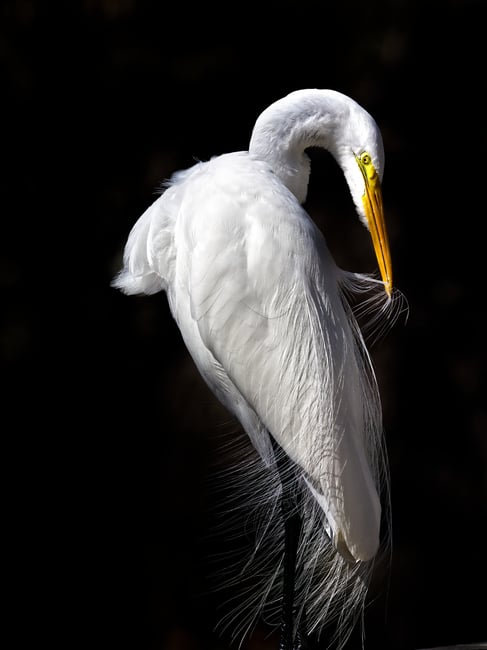استكشاف الضوء الناعم والضوء الصلب في التصوير الفوتوغرافي
Exploring Soft Light and Hard Light in Photography
الضوء هو أساس كل التصوير الفوتوغرافي، ونوعية الضوء في صورتك يمكن أن تصنع الصورة أو تفسدها. يعد فهم خصائص الضوء وكيفية تفاعله مع موضوعك أمرًا ضروريًا لالتقاط صور فوتوغرافية آسرة. في هذه المقالة، سوف أتعمق في عالم الضوء الناعم والقوي، سواء بالنسبة للتصوير الفوتوغرافي بالفلاش أو الضوء الطبيعي. سأستكشف أيضًا معدّلات الإضاءة المختلفة التي يمكن استخدامها لإنشاء تأثيرات محددة ومناقشة متى قد يكون أحد أنواع الإضاءة مفضلاً على الآخر، اعتمادًا على سياق اللقطة وحالتها المزاجية.
Light is the basis of all photography, and the quality of light in your photo can make or break the image. Understanding the characteristics of light and how it interacts with your subject is essential for capturing captivating photographs. In this article, I will delve into the realm of soft and hard light, both for flash photography and natural light. I’ll also explore various light modifiers that can be used to create specific effects and discuss when one type of lighting may be preferable to the other, depending on the context and mood of the shot.
Exploring Soft Light and Hard Light in Photography
الضوء هو أساس كل التصوير الفوتوغرافي، ونوعية الضوء في صورتك يمكن أن تصنع الصورة أو تفسدها. يعد فهم خصائص الضوء وكيفية تفاعله مع موضوعك أمرًا ضروريًا لالتقاط صور فوتوغرافية آسرة. في هذه المقالة، سوف أتعمق في عالم الضوء الناعم والقوي، سواء بالنسبة للتصوير الفوتوغرافي بالفلاش أو الضوء الطبيعي. سأستكشف أيضًا معدّلات الإضاءة المختلفة التي يمكن استخدامها لإنشاء تأثيرات محددة ومناقشة متى قد يكون أحد أنواع الإضاءة مفضلاً على الآخر، اعتمادًا على سياق اللقطة وحالتها المزاجية.
Light is the basis of all photography, and the quality of light in your photo can make or break the image. Understanding the characteristics of light and how it interacts with your subject is essential for capturing captivating photographs. In this article, I will delve into the realm of soft and hard light, both for flash photography and natural light. I’ll also explore various light modifiers that can be used to create specific effects and discuss when one type of lighting may be preferable to the other, depending on the context and mood of the shot.


 An example of soft light (left) versus hard light (right)
An example of soft light (left) versus hard light (right)





تعليق